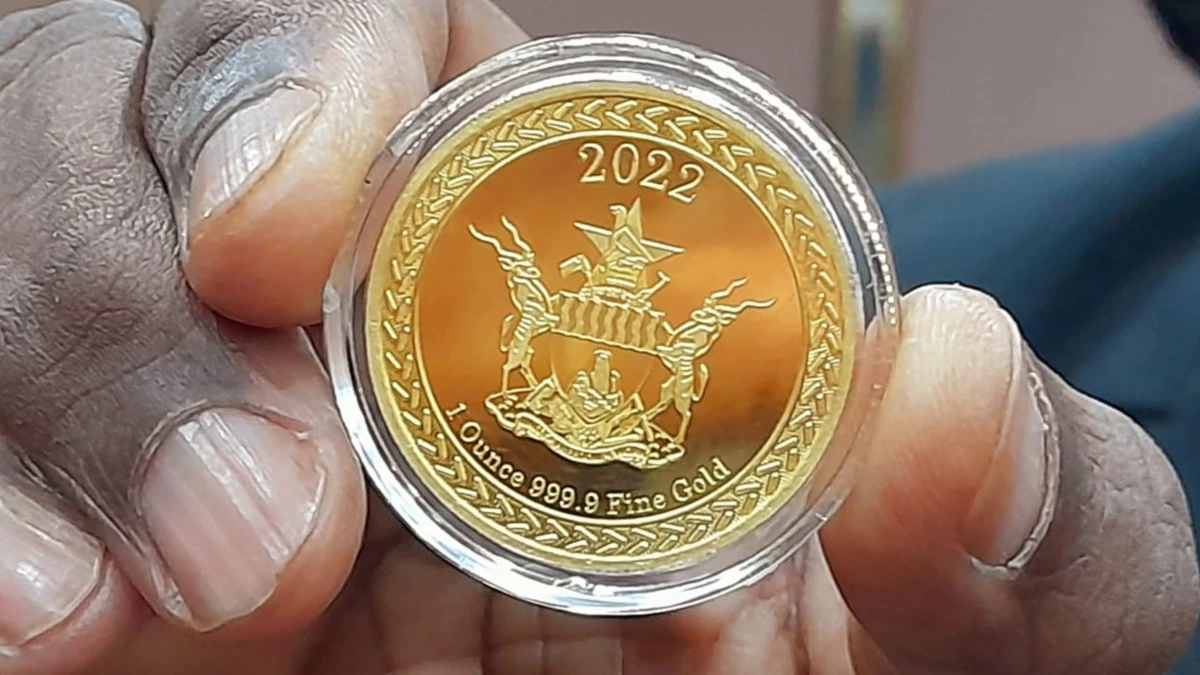
EBEN MABUNDA ZIMBABWE’S inflation is far from rescinding as it edged higher for the third consecutive month of 2022 and is showing no signs of dropping to the monetary authorities’ targeted range, spelling unresolved macroeconomic challenges buffeting the economy.
Zimbabwe’s inflation is a manifestation of the growth in Money supply and an unstable local currency.
The economy is gripped by a high appetite for the greenback with the psychology of the pricing in the local unit, very much United State dollar influenced and indexed. With no indications of stability for the Zimbabwean dollar (Zimdollar), taming Zimbabwe’s inflation might prove a mammoth task for the authorities.
The latest statistics released by ZimStat indicate; Year-on-Year inflation for March came in at 72,7% from 66,1% and 60,61% in February and January of 2022 respectively, having closed the year at 60,74% in December 2021.
The month-on-month inflation for the month came in at 6,3%, shaving 0,7% from February’s 7% outturn. Both numbers are higher than January’s 5,3% performance.
According to the most recent Monetary Policy Statement; central bank is targeting an annual inflation outturn of between 25-35% by year end — a missed target, initially set for December 2021. The central bank reviewed downwards the quarter-on-quarter reserve money (RM) target from 10% to 7,5% for the quarters ending March and June 2022. The RM target of 7,5% is higher than the projected GDP growth of 5,5%, a phenomenon whose net effect is inflationary.
Historic trends show that Zimbabwean authorities print more money in the year preceding an election year, and of course the election year. Despite claims of frugality by the authorities, 2022 and 2023 are expected to reflect the same.
On March 22, the Reserve Bank of Zimbabwe (RBZ) floated a ZW$2,1 billion (US$14,8 million) Treasury Bill and it remains to be seen how much the authorities will print!
- Chamisa under fire over US$120K donation
- Mavhunga puts DeMbare into Chibuku quarterfinals
- Pension funds bet on Cabora Bassa oilfields
- Councils defy govt fire tender directive
Keep Reading
Meanwhile, RBZ stats show: reserve money increasedto ZW$27,16 billion (US$191,27 million) during the week ending March 11, 2022, compared to the previous week’s position of ZW$27,13 billion (US$191,05 million).
This week; the Zimdollar dropped by yet another noteworthy margin against the greenback, on the auction market.
The Zimdollar has lost value in each of the 11 trading weeks since the beginning of the year, and the cumulative total loss over the period is now marginally shy of last year’s full year loss level.
In fact; the 3% loss incurred in last week’s session is the second worst since the beginning of the year.
On average, the Zimdollar has been losing over 2,3% a week since the beginning of the year. In its worst performance, which was in the first week of the year, it lost a whopping 3,7%.
The cumulative loss, year to date moved over25% after this week’s loss. This is only 3% shy of reaching the full year loss of 28% incurred for the whole year in 2020.
At premium levels of about 90% I expect that the auction market will continue to record weekly losses of above 2%, until the gap close nearer to 50%. This projection is premised on the performance of the currency in past period, given the varying premiums.
With the official exchange rate moving up at quicker paces, the cost of utilities is expected to rise in tandem among other services offered by the government, resulting in higher inflation.
Equity Axis is of the view that for the rest of the first half period, the gap between the two rates will maintain margins of above 50%, hence sustaining the downward momentum in the official.
According to Rugare Mukanganga, an economist for Equity Axis— a financial research firm:
“The biggest driver of currency weakness is the growing money supply levels at M3, swelling government expenditure outside of the budget, speculation and a lower than expected growth rate.”
- Mabunda is an analyst and TV anchor at Equity Axis, a leading financial research firm in Zimbabwe. — [email protected]











